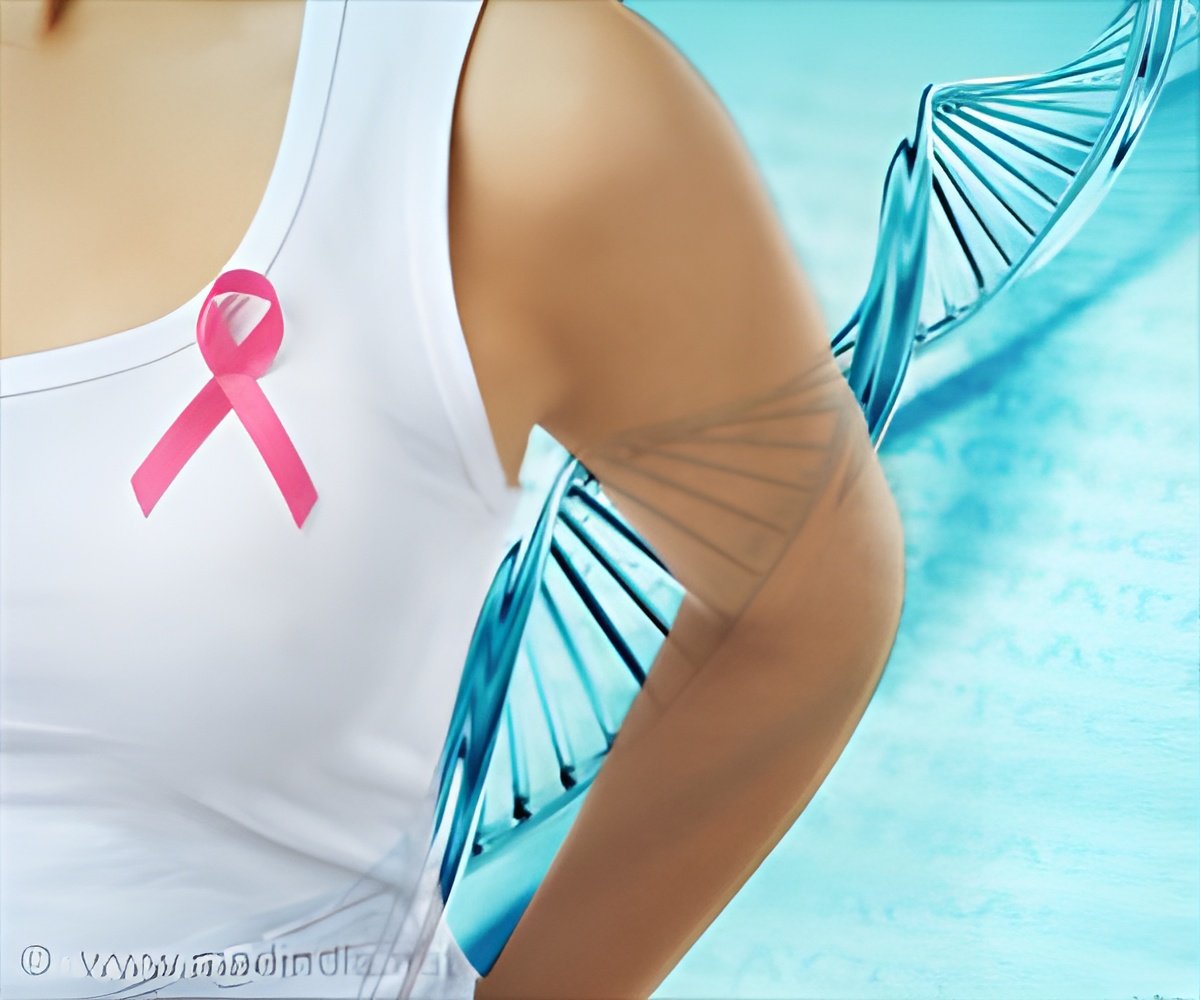Drug resistance could be overcome after a 'drug holidays' period.

‘Taxane chemotherapy is one of the most common therapeutic options in breast cancer; however, its effectiveness usually decreases progressively until it reaches a point where the treatment must be modified.’





Taxane chemotherapy is one of the most common therapeutic options in breast cancer; however, its effectiveness usually decreases progressively until it reaches a point where the treatment must be modified. Working in animal models, the researchers observed that breast tumors that do not express hormone receptors - called triple negatives -- are more sensitive to taxane chemotherapy than luminal tumors, which are generally more resistant. As seen in clinical practice, after multiple rounds of treatment, triple negative tumors acquired resistance to the drug; this resistance, once present, remained even if the treatment was not supplied. "However, when we kept these models for long periods in absence of the drug, we saw that sensitivity was restored," says Dr. Eva González-Suárez, last author of the study. It is a process known as "drug holidays", that is, sensitive tumors that have developed resistance are able to partially reverse this process after a long period not being in contact with the drug.
Based on these results, the main hypothesis researchers are working with is the existence of different cellular populations in the tumor, some more sensitive and some more resistant, whose balance can be modified based on the presence or absence of treatment and its duration. In fact, results show that resistance to taxanes in triple negative tumors is associated with the dynamics of a CD49f+ cell population, which has a greater capacity for tumor initiation and can therefore lead to relapses after chemotherapy.
"We wanted to know if those resistant tumor cells that we see in greater proportion in resistant tumors (CD49f+) have appeared de novo or by selection of cell populations", explains Dr. González-Suárez. To do so, they treated sensitive tumors with taxanes and found that these resistant cells already existed in the tumors and their proportion to the sensitive cells increased in the residual disease precisely because of its chemoresistance capacity. "The results suggest that the CD49f+ population is associated with resistance to docetaxel in most of triple negative tumors, which is notorious considering the great heterogeneity of this subtype", adds the IDIBELL researcher.
In cancer patients, once resistance develops one treatment is switched to another, so it is not known whether this drug holiday period would work. "Given that breast cancer relapses happen after a long time - about 10-20 years in luminal tumors and 3-5 in the triple negative ones-, perhaps this time window would be enough to return to taxane therapies even when the patient had previously developed resistance to them, especially considering that these therapies are the only treatments currently available for this disease", says the doctor.
Advertisement
These sensitive / resistant paired models have led to the identification, in collaboration with the group of Dr. Aleix Prat in IDIBAPS, of a genetic signature associated with resistance in triple negative disease, that is, in those tumors that do not disappear after treatment with chemotherapy. "This signature can help us predict whether patients will respond to chemotherapy or not in a personalized way," concludes Gonzalez-Suarez.
Advertisement















